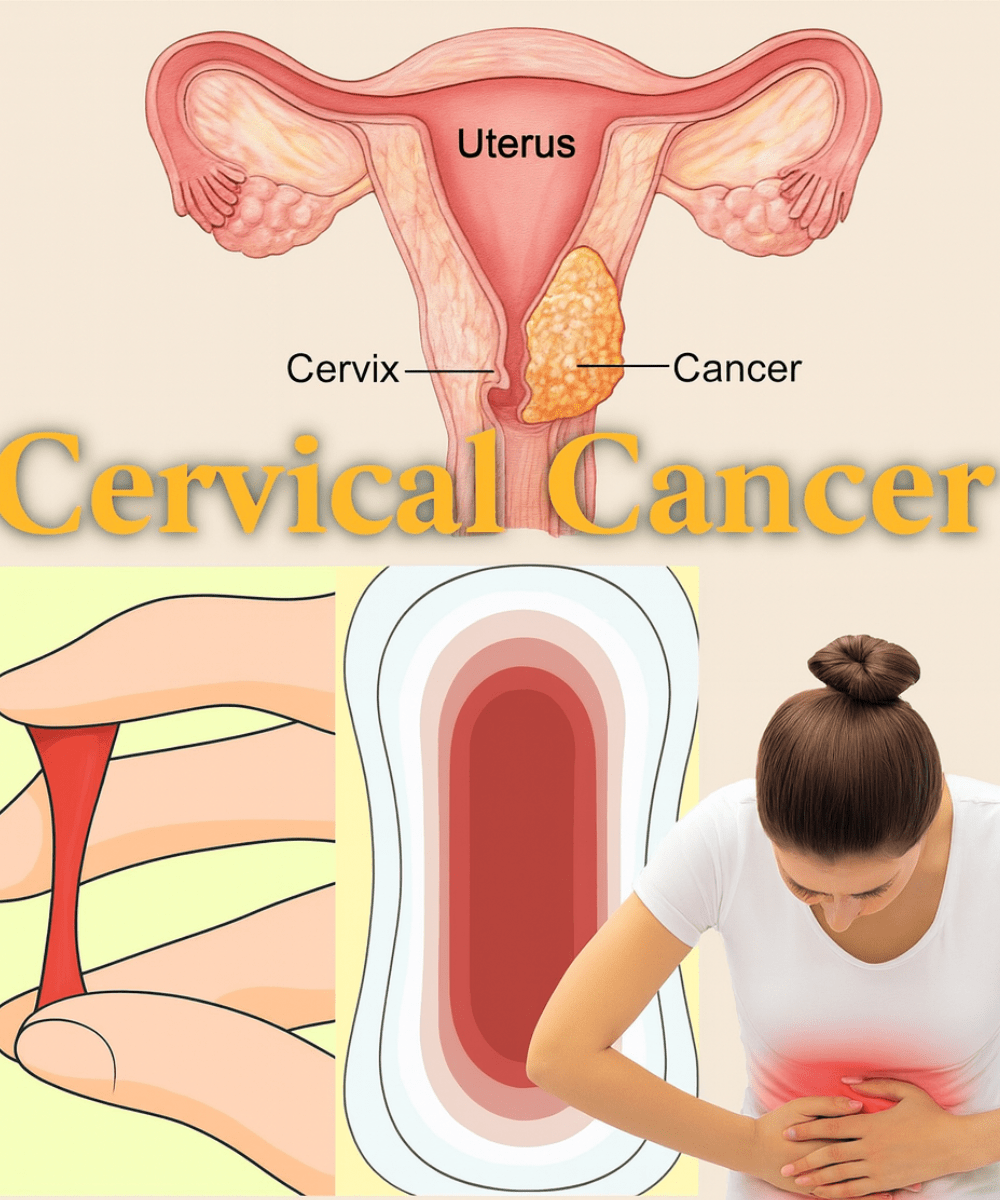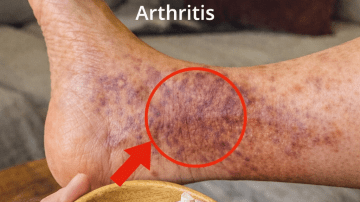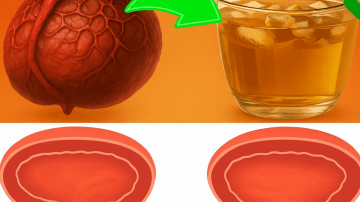Your uterus is the foundation of your reproductive and hormonal health—a complex, vital organ that serves as a core messenger for your body’s overall well-being. The challenge? When the uterus is in distress, it rarely screams for help. Instead, it sends subtle, persistent signals that are routinely dismissed as “just bad periods,” “normal aging,” or everyday stress.

Ignoring these quiet red flags can allow serious, progressive conditions—such as endometriosis, uterine fibroids, Polycystic Ovary Syndrome (PCOS), or even cancer—to worsen, leading to severe chronic pain, anemia, and compromised fertility. Early detection of these symptoms is absolutely crucial.
Are you normalizing severe discomfort or unpredictable cycles? It’s time to stop shrugging off your symptoms and start listening to your body’s most important messenger. Read on to uncover the 12 warning signs of uterine distress that you should never ignore, and learn what immediate steps you need to take to protect your reproductive health.
💔 The Distress Signals: 12 Warnings from Your Uterus and Pelvis
1. ⏰ Irregular Periods or Sudden Cycle Changes
- The Sign: Your menstrual cycle suddenly becomes too short (less than 21 days), too long (more than 35 days), or completely unpredictable, or you experience missed periods without pregnancy.
- The Culprit: This is a classic sign of hormonal imbalances, PCOS, or structural issues like fibroids impacting the uterine lining. No drastic change to your cycle should ever be considered “normal.”
2. 🩸 Excessively Heavy Menstrual Bleeding
- The Sign: You must soak through pads or tampons every hour for several consecutive hours, or you need to double up on protection.
- The Culprit: Heavy menstrual bleeding (menorrhagia) is a hallmark symptom of Uterine Fibroids (non-cancerous growths), Adenomyosis (endometrial tissue growing into the uterine wall), or severe hormonal imbalance.
- The Risk: Consistently heavy bleeding leads to iron deficiency anemia, causing profound fatigue and weakness.
3. 🔥 Severe, Debilitating Menstrual Cramps
- The Sign: Cramps that leave you doubled over, require prescription pain medication, or actively disrupt your daily life (making you miss work or school).
- The Culprit: Pain of this intensity is highly indicative of Endometriosis (tissue similar to the uterine lining growing outside the uterus) or large Fibroids. This level of pain is not normal and signals disease.
4. ⚡ Pelvic Pain Outside Your Period
- The Sign: Experiencing chronic pain, a dull ache, or sharp spasms in the lower abdomen or pelvis that are unrelated to your monthly cycle.
- The Culprit: This lingering pain may be caused by Ovarian Cysts, Pelvic Inflammatory Disease (PID), or chronic pelvic inflammation that requires diagnosis and treatment.

5. 😣 Pain During Sex (Dyspareunia)
- The Sign: Experiencing discomfort, sharp pain, or deep pain during intercourse.
- The Culprit: Painful intimacy is a clear physical indicator of underlying issues such as Endometriosis (especially deep penetration pain), pelvic Infections, or Uterine Abnormalities. This is a physical symptom, not a psychological one.
6. 💧 Frequent Urination or Bladder Pressure
- The Sign: A sudden, constant urge to urinate, or a feeling of heavy pressure or fullness in the bladder area, even when the bladder is not full.
- The Culprit: This often happens when Fibroids or an enlarged uterus press directly against the bladder, reducing its capacity and creating a constant sensation of needing to go. Don’t dismiss urinary changes as just a bladder issue.
7. 🧠 Unexplained, Debilitating Fatigue
- The Sign: Feeling constantly exhausted and depleted, even if you are getting enough sleep.
- The Culprit: While fatigue is general, when combined with other symptoms, it often points to iron deficiency anemia caused by chronic, heavy menstrual bleeding associated with uterine problems. The uterus is literally draining your energy reserves.
8. 🧼 Unusual Vaginal Discharge
- The Sign: Sudden and persistent changes in the color, consistency, volume, or odor of your vaginal discharge.
- The Culprit: These changes are often the body’s primary way of signaling Bacterial Vaginosis, Yeast Infections, or Sexually Transmitted Infections (STIs). Healthy discharge should be clear or white and mostly odorless.
9. 🔎 Spotting or Bleeding Between Periods
- The Sign: Any light bleeding, or spotting, that occurs outside of your expected menstrual cycle.
- The Culprit: This can be caused by benign issues like Polyps (growths on the uterine lining) or hormonal fluctuations, but it is also an early symptom of Uterine or Cervical Cancer.
- Urgent Note: Post-menopausal spotting or bleeding is considered highly urgent and must be investigated immediately.
10. 🦵 Lower Back Pain that Lingers
- The Sign: Persistent, dull, or chronic pain in the lower back or pelvic region, especially if it coincides with, or worsens during, your period.
- The Culprit: The uterus sits near the spine. Endometriosis and Uterine Fibroids can cause inflammation or mechanical pressure that radiates directly to the lower back.
11. 🤰 Abdominal Bloating or Visible Enlargement
- The Sign: A feeling of constant, severe bloating, tightness, or a visible enlargement of the lower abdomen that is not related to digestion or gas.
- The Culprit: This can be a sign of very large Fibroids, Ovarian Cysts, or fluid accumulation in the abdominal cavity. Persistent bloating is never “just digestion”—it needs a gynecological check.
12. 🧬 Difficulty Getting or Staying Pregnant
- The Sign: Struggling to conceive after a year of trying (or six months if over 35).
- The Culprit: Silent uterine conditions, such as severe Endometriosis, structural abnormalities, or issues with the uterine lining (endometrium), are a common underlying cause of infertility.
🛑 Call to Action: Take Control of Your Health Journey
Your uterus is your vital messenger. If you recognize two or more of these persistent warning signs, do not brush them off as normal discomfort or stress. Early diagnosis is the most powerful tool you have to prevent the development of chronic disease and protect your long-term well-being.
Immediate Steps You Must Take:
- Schedule a Gynecological Exam: Request a complete pelvic exam, pap smear, and potentially a pelvic ultrasound to check for fibroids, cysts, or structural abnormalities.
- Document Your Symptoms: Keep a detailed cycle and symptom journal. Note the timing, severity of pain (1-10), and the heaviness of bleeding. This information is invaluable for your doctor.
- Get Tested: Request blood tests to check hormone levels and screen for iron deficiency anemia.
- Embrace Uterus-Friendly Habits: Support your hormones by managing chronic stress, focusing on anti-inflammatory foods (like Omega-3s and leafy greens), and avoiding known endocrine disruptors.
Final Thoughts: Your uterus may be crying for help. Listen to its subtle signals, take decisive action, and protect your health for years to come.






